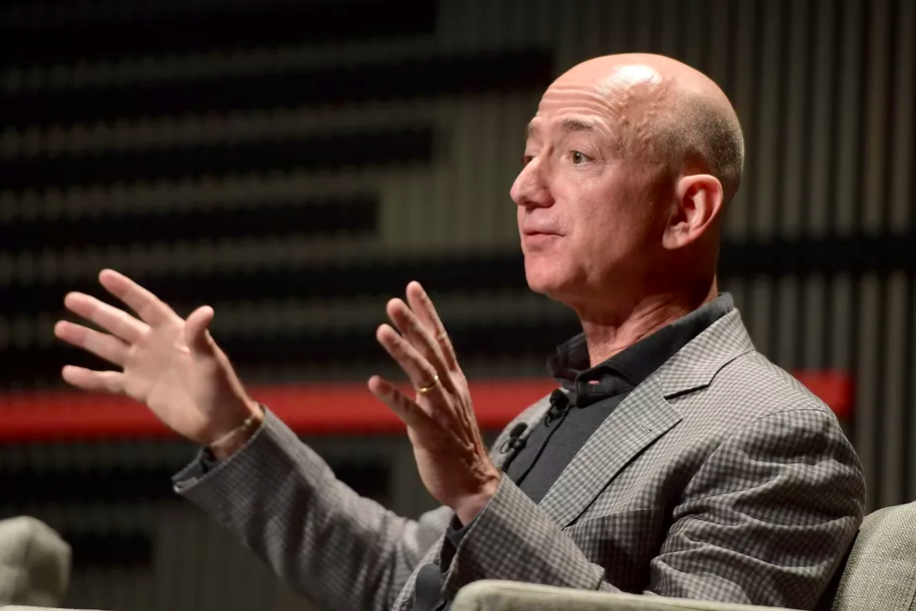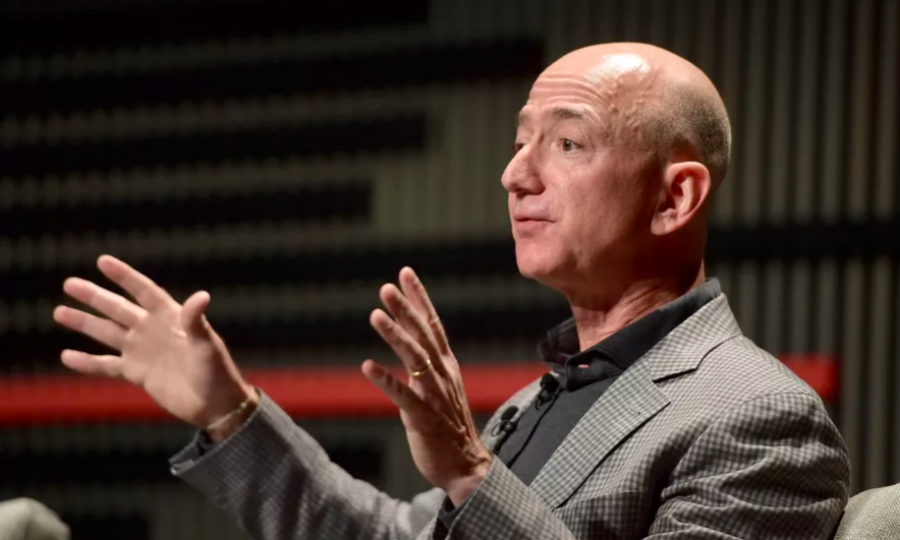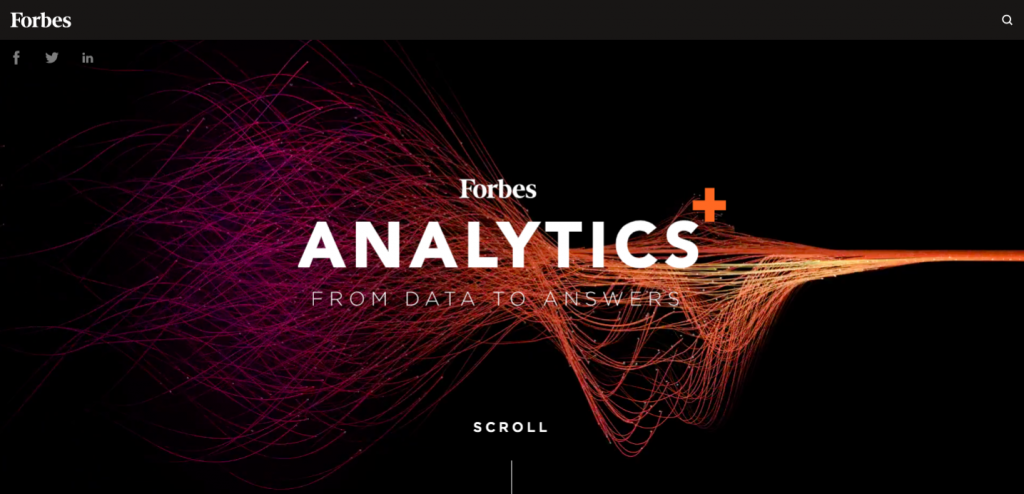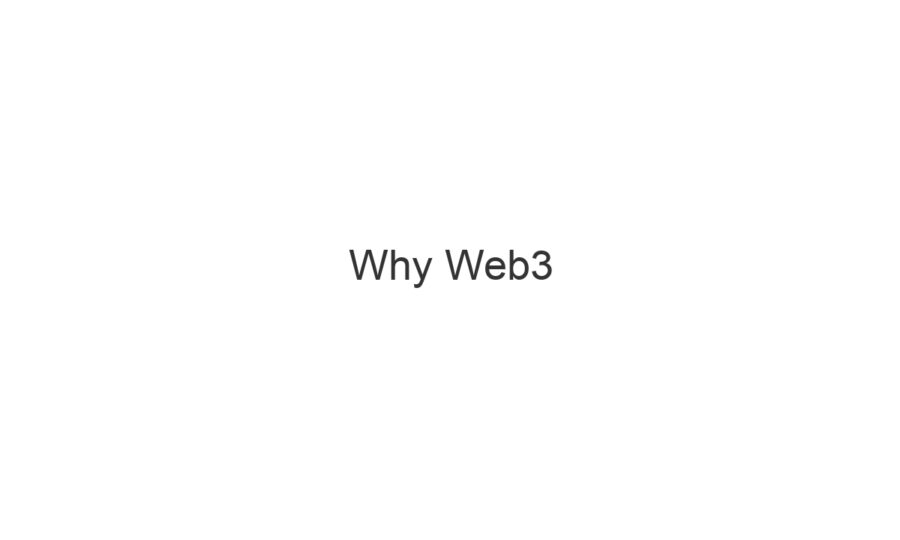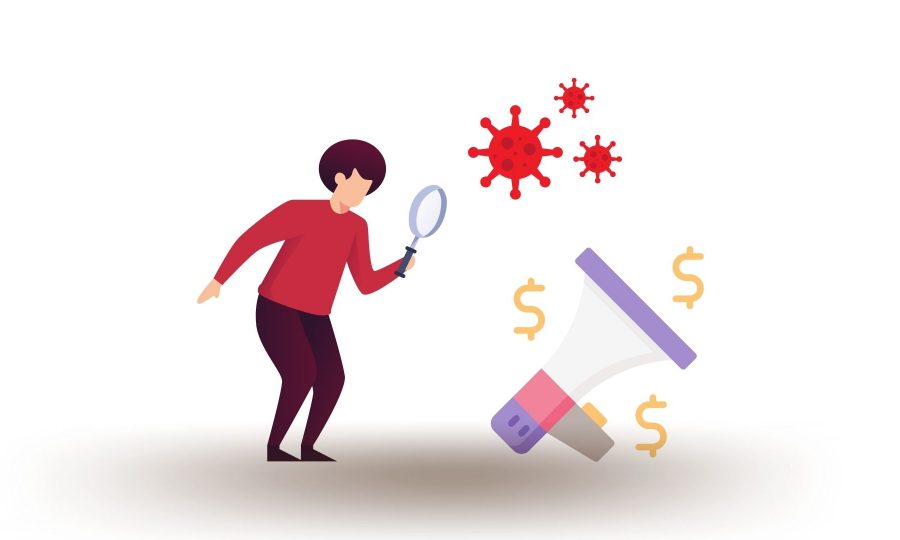One big thing
The untold story in the duopoly discussion is how brands feed them data, from their owned channels.
How does this happen? Via the Facebook pixel, or any Google pixel, on brands owned sites/content. Interest, retargeting, lookalike audiences are informed up and shared with other advertisers.
Why is this important now? With Google Chrome’s changes this week to privacy controls (mimicking Apple) and the ecosystem shifting more towards privacy. These signals provide EVEN more value than before and are slipping under the radar. Brands are going to all that effort to build audiences. Only to have them resold to others.
It is a trade off, use the tech, access the data yourself in your targeting. But is it a conscious one? I suspect for many they’re not even thinking about it. If you take a quick peek under the hood of major brands sites, this is fairly standard across the industry.
It’s a trade off that doesn’t need to happen, simply work with partners who don’t do that.
Finally, how do you think customers feel about their usage of your product or service being sold to others?
Notable stories this week
- Amazon wants to pay the NY Times and BuzzFeed to help it reach more shoppers outside the US. Causing confusion, is this an incentive on top of existing affiliate links or new branded content? TBD and probably being negotiated right now. My POV, likely a hybrid, payment upfront to create the content, have it disclosed, then the affiliate fees provide a longer time frame of payback to the publisher. Who can use remnant inventory to promote the content. Or at least that’s how I’d structure it. 😉 And I’d measure it with Nudge ofc.
- Let’s not lose sight of the aspiration of native ads. Yes, Susan!
- Paid email newsletters are proving themselves as a meaningful revenue generator for writers.
- It’s an arms race, Publishers prepare for an anti-tracking-dominant future.
- Ad fraud may be down but marketers are cautiously optimistic at best or downright skeptical. Pushing off last week’s story from the ANA. Fair to be skeptical.
- US digital advertising exceeded $100b in 2018.
- Brian O’Kelley on Quora, talking how will companies combat Google’s upcoming Chrome privacy protections?
- What we learned at the 2019 NewFronts.
- NewsFronts publishers plug their brand studios but deals will still take time.
- Spotify tests interactive voice ads.
Deals/M&A
- Vice raises $250m debt and in turn Disney marks its investment in Vice down to 0. Likely arising from the preference granted to the new debt holders.
- ^ We covered this back in November, which at that point their markdowns suggested a valuation of $2.5b for Vice.
- Rogers Media acquires Pacific Content.
Campaign of the week
- Teradata on Forbes, on the power that analytics have to turn raw material into actionable insights. A great piece, which effectively puts Teradata at the center of big data.
- Submit your own and view the best campaigns of 2019.
Smartest commentary
- ‘Spend ad dollars on anything that has a measurable, verifiable, ethical model (such a Good-Loop). Because if you don’t, then you’re part of the system that keeps bad actors in business.’ –Afdhel Aziz.
Datapoints of note
- Instagram influencers posting 150% more sponsored content than a year ago.
- Almost 80% of consumers that watch digital video are agreeable to ads in exchange for free content.
- YouTube reaches more 18-49 year olds than ALL cable tv networks combined.
- Substack’s 12 top-earning writers make an average of more than $160,000 each, more than 40,000 people are paying for Substack newsletters today.
Events
- JW Insights – 5/29, New York, New York
Thanks,
-Ben
Measurement and intelligence for content-first brands.
Nudge is built by marketers and aims to serve brands investing in content-based media, across any category, looking to illustrate ROI, generate deep performance insights, and save time.

|
|---|
